One of the joys of being involved in workplace safety issues at my age is seeing so many young, enthusiastic young people working to protect workers’ lives. I hope they carry on to be tomorrow’s leaders.
One of the sad parts of being involved in workplace safety issues at my age is that many of yesterday’s leaders, and today’s mentors are transitioning into that great labor struggle in the sky.
This year we tragically lost a large number of health and safety sages and leaders. In the altered words of the old Righteous Brothers song, “If there’s a workplace safety heaven, Well you know they’ve got a hell of a team.”
This has been an incredibly hard post to write. Whenever I go back to writing, I inevitably end up stopping as I reminisce about those we’ve lost, the times we had together and how I miss them. I knew and worked with all of the people memorialized below (except Jimmy Carter). They all helped me and inspired me at various times in my career. And I’m sure many of my colleagues could say the same.
They are all heroes and they are all missed. But all of them passed with the knowledge that because of their work and their contributions they saved lives. Most of the workers whose lives they saved or injuries and illnesses they prevented have never heard of them and don’t know their work. And maybe that’s as it should be. Because as we esteemed elders begin to look back and sum up our lives, there’s no better legacy than the fact that our work saved lives and made the world a little better place to work and live. And that’s enough.
I’m going to write a little bit about each of them — a little biography, maybe a few of my memories, and some memories by other friends and colleagues. But I can’t possibly do full justice to their lives and contributions in these short paragraphs. What I’m writing here is far too little. If you want to help by adding your memories, please use the comment section below. Or send me an email and I’ll add it to the comments. (And please let me know if there is anyone else that should be included.)
Michael Silverstein 1944-2024
The first word that always comes to me is “thoughtful.” Michael and Barbara (see below) came to Washington to work at OSHA during the first term of the Clinton administration. Michael was a physician who spent 53 years specializing in the fields of occupational medicine, public health, and general preventive medicine. I’d known him since the 1980s when he was the staff MD and Assistant Director for Occupational Health and Safety for the United Automobile Workers and we worked on problems at a workplace where we both represented members.
I had already been a great admirer of Michael as the author of one of the best worker education booklets of the era – “The Case of the Workplace Killers: A Manual for Cancer Detectives on the Job” – a guide for workplace safety activists on how to do barefoot epidemiology in workplaces.
During the first term of the Clinton administration, Michael was Director of Policy at OSHA, tasked with figuring out the strategic direction of the agency, the regulatory agenda, as well as legislative work. OSHA published several proposed rules, such as indoor air quality, respiratory protection and methylene chloride, as well as final rules for asbestos, hazardous waste operators, fall protection, personal protective equipment and others. And he had the unfortunate task of dealing with Vice President Al Gore’s plan to “reinvent government.”
After he and Barbara left Washington DC to go back to the other Washington, Michael spent a couple of stints heading up Washington state’s OSHA program. Under his leadership, the state issued an ergonomics standard which was tragically repealed in a state-wide referendum where the Building Industry Association of Washington organized a well-funded campaign of the usual lies about job loss and business failure.
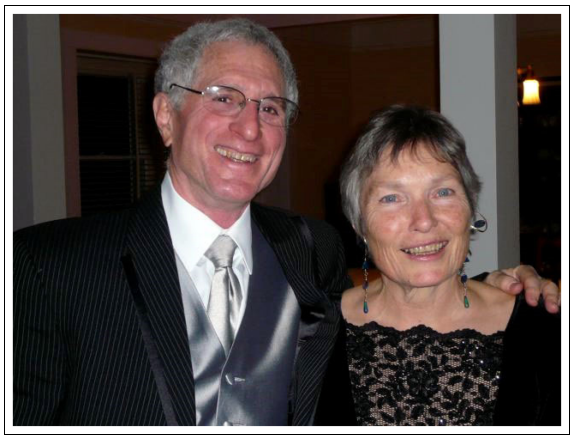
I spent quite a bit of time and energy at OSHA during the Obama administration attempting to ensure the quality and consistency of OSHA’s 2state plan programs. Most of the state plan heads fought fiercely against our attempts to ensure that the state plans were actually “at least as effective” as the federal program. Michael, being a wise person who also had the benefit of having worked at federal OSHA and headed a state plan, was always a fierce defender of our efforts to ensure the quality of the state plans I greatly appreciated his strong support when I often came close to blows with other state plan heads who wanted us to just leave them alone.
You can view Michael’s “Celebration of Life” here.
Barbara Silverstein 1946-2024
Barbara Silverstein and Michael were the health and safety power couple. I didn’t work directly with Barbara too much, but I was a great admirer of her efforts in to issue a federal ergonomics standard when working at OSHA in the early Clinton administration and her work in Washington state to collect and apply health and safety data to develop policy which set examples for other states.
A preeminent epidemiologist, Silverstein was a pioneer in showing how biomechanical factors could lead to work-related musculoskeletal disorders such as carpal tunnel syndrome and was named the founding director of L & I’s Safety & Health Assessment & Research for Prevention (SHARP) program in 1990. She served in that role until her retirement in 2013, and then continued to lead projects as a retired research director in the program.
She and Michael spent several years working at federal OSHA during Bill Clinton’s first term and Barbara developed the first draft of OSHA’s ergonomics standard. That standard was potentially so effective in helping workers that, after the 1994 Congressional elections that made Newt Gingrich Speaker of the House, OSHA’s work on an ergonomics standard become Republican Public Enemy Number One, generating a hurricane of Republican opposition that eventually ended up in appropriations riders that shut down OSHA’s efforts to issue a standard for a couple of years. Gingrich’s elevation was Barbara’s cue to head back to Washington (state). But not before she reportedly buried a copy of the standard in a time capsule somewhere on the grounds of the Department of Labor.
As her close friend and co-worker Randy Rabinowitz summarized, “Barbara was a premier occupational safety and health researcher, recognized here and abroad. She remains known for her groundbreaking work in ergonomics policy and musculoskeletal disorder research even after retiring in 2013. Behind a warm and welcoming smile, she was a fierce advocate for worker health and worker safety.”
Barbara Rahke 1949-2024
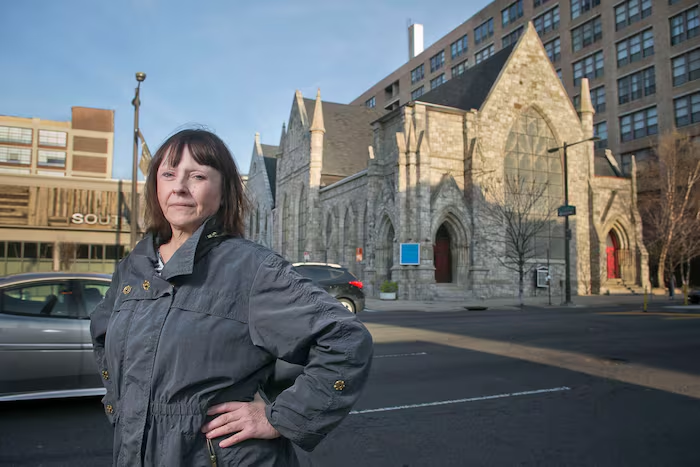
Barbara was a UAW organizer for 30 years and health and safety activist, directing PHILAPOSH from 2005 to 2014. Although Barbara wasn’t trained as a health and safety professional, as an organizer, she saw the value of workplace safety and health as an organizing issue. (Using health and safety as a union organizing issue was — and continues to be — all too rare.
She was also an inspiration to union women:
One of the difficulties of organizing women, Ms. Rahke said in the 1980s, was that they were trained to see themselves as “servers, not doers.” But she loved seeing women experience their own aha moments as they got involved with the union, said Judy Harden, who organized with Ms. Rahke at the UAW. “When they began to see that they had power,” Harden said, “when they could make the university listen when it didn’t want to.”
At Philaposh, she focused on reaching out to immigrant construction workers not represented by a union, some of the most vulnerable workers in the city. She and Philaposh were famous for walking the streets of Philadelphia, talking to workers about their safety on the job. As Peter Dooley who worked with Barbara for many years, remembered:
In a project that broke new ground, Barbara reached out to construction workers in Philly. Her street smarts went a long way to connect with workers. “ Hey brother, how’re you doing? Did you know that you’d be safer with training and fall protection when you’re on that roof?” Barbara and her team devised a plan to reduce the deadly hazards that came with working at heights on smaller construction sites around the city. With minimal funding, the team walked around the inner city of Philadelphia identifying sites and engaging with workers and bosses to offer training and assistance. She would say, “These workers are just trying to survive. They need our help.”
You can read an interview with Barbara here, Philadelphia Inquirer obituary here, a remembrance from Peter Dooley here and her Celebration of Life here.
Jim Howe 1950-2024
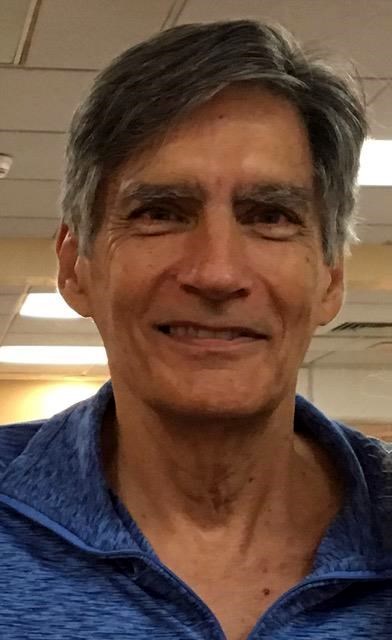
Jim — who also worked with Michael at the UAW for a number of years — was a very thoughtful and dedicated advocate. He began his career working in Chicago-area steel mills, as well as Electro-Motive Diesel, a GM plant in the Chicago area. His obituary remembers that “The devastating, never-ending work-related injuries inspired him to become a union plant safety representative.” He served as Assistant Director of the UAW health and safety department where he helped conduct numerous fatality investigations. After his retirement from the UAW, he founded Safety Solutions LLC, a consulting firm that operated from 2005 to 2024. He was the nation’s leading advocate for systems-based safety: blaming the system and not the worker. He also served as member and chair of numerous U.S. and international safety associations and standard-setting committees.
Jim and I worked together on numerous issues while he was at the UAW. And even after he retired from the UAW, we’d see each other every year at various conferences. He was always happy to conduct workshops at various union and COSH conferences to make sure that workers and those entering the field of workplace safety had the correct perspective on how to address workplace hazards. Even though I sometimes though I “knew it all,” I always learned something new sitting in on his workshops.
There will be a Celebration of Life for Jim on Saturday, March 8th, 2025, from 2:00 p.m. – 4:00 p.m. PT. Here’s the web link to join the live stream: neptunesoci
June Fisher 1933-2024

June Fisher was the queen of participatory action research and worker empowerment. Her major contribution to workplace safety was including workers in developing the solutions to workplace safety and health problems. Former CalOSHA manager and safety consultant David Harrington remembers how
June Fisher was a pioneer in participatory research where study subjects actually
Now including workers in finding solutions to workplace problems sounds pretty obvious, but somehow health and safety “professionals” often forget who the real experts are: workers.
June, who had severe arthritis, lived that experience in her own life.
“Products need to reflect the needs of people they’re designed for,” Fisher said. “While I appreciate the technical skills of design students and professionals, I don’t want a 23-year-old telling me what I need. It has to be a mutual relationship where elders set the agenda and participate in the development of those products.”
Most of the work I did with June revolved around designing safe sharps. As director of occupational health at San Francisco General Hospital, she knew healthcare workers were worried about contagion through needle sticks. She wanted to do something to address their well-founded fears.
Back in the days before OSHA’s bloodborne pathogens standard, healthcare workers would recap sharps by hand, leading to needle sticks that often resulted in hepatitis b infections as well as HIV/AIDS. OSHA prohibited this practice in its 1990 bloodborne pathogens standard, but healthcare workers continued to get stuck while handling syringes and other sharps. June and a number of other health and safety activists began a process of consulting with workers about the design of safe syringes, work that led to an update of OSHA’s bloodborne pathogens standard in 2000, that required health care employers to consult with workers about the safe use of sharps. Her work on sharps also led to a lectureship in the Product Design program at Stanford University.
She also launched TDICT. (Training for Development of Innovative Control Technologies Project) which continues to provide health care workers “with the tools, resources, and design criteria necessary to effectively evaluate medical devices, including personal protective equipment (PPE) and devices that feature sharps injury protections.”
Even before her work on needlesticks, according to her obituary, June established and led a groundbreaking medical clinic for San Francisco transit operators in 1978, “transforming routine physical examinations into collaborative research on workplace stress and safety.”
Columbia University Professor Paul Landsbergis remembered
Her work helped to show that hypertension was an occupational disease, and a major problem facing bus drivers. And she was a tireless advocate on behalf of bus drivers and worked closely with TWU Local 250A in San Francisco to help improve the working conditions of drivers. She was beloved by members of the Local and many other transport workers around the world. And, she inspired many of us to pursue participatory action research and educated many of us on the value of PAR.
There will be a Celebration of Life of June Fisher’s life and legacy for Feb 28, 2025, 7:00-8:00 pm ET. Details to follow.
David Egilman 1952-2024
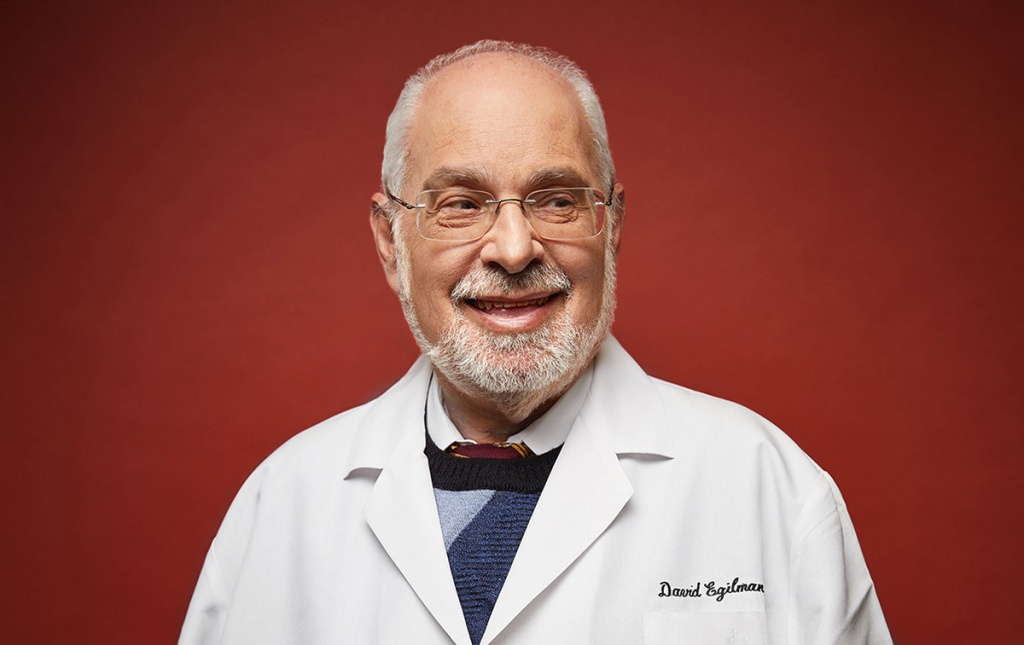
I think most people who knew him would characterize David as crazy, by also crazy effective. The New York Times described him as “a physician and expert witness who, over a 35-year span, gave testimony in some 600 trials involving corporate malfeasance, resulting in billions of dollars in awards for victims and their survivors.” Some of his best known work was around asbestos in baby powder.
His work also included chemicals that exposed workers to hazards in the workplace, including the devastating impact of diacetyl (a popcorn butter flavoring) on workers’ lungs.
Early in his career, David worked for the National Institute for Occupational Safety and Health (NIOSH). He also started a workers’ clinic funded by AFL-CIO and did pro bono consulting for a union whose members worked in a nuclear weapons plant.
David was a strong supporter of COSH groups participated in their workshops. RICOSH Director Jim Celenza remembers that he would invite health and safety advocates to come in to talk to medical students in his classes at Brown University.
And he was very quotable. My favorite: “A physician’s oath never says to keep your mouth shut.’”
A close second: “I’m in the credit-giving business. I believe that companies deserve full credit for lying, cheating, and endangering people’s health.”
Needless to say the chemical and drug industry hated him, calling him biased and dogmatic. But as David explained at a trial when someone asked why he was there: “As a doctor, I can treat one cancer patient at a time, but by being here, I have the potential to save millions.”
And millions should be thankful for his work.
Betty Jean Hall 1946-2024
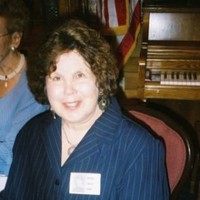
Betty Jean Hall was the founder of the Coal Employment Project which filed anti-discrimination lawsuits to force mining companies to hire women. (Women in the mine were thought to bring bad luck.) She led the organization from 1977 to 1988.
According to former MSHA Assistant Secretary Davit McAteer, ”
Hall had a simple, effective argument that coal companies couldn’t deny. “Her push was always, ‘Mining is where the jobs are and women need to make money just as men do.’ She would say, ‘We need the money because we have babies and we’ve got families, too.’”
Hall told the New York Times in 1979 that if women had to choose between making $6,000 a year in a factory and mining coal for $60 or more a day, “they’ll go into the mines.” “Sure, coal mining is hard work,” she told the newspaper. “But so is housework and so is working in sewing factories for minimum wages.”
And she was successful:
Within a little more than a year, the Coal Employment Project filed a lawsuit charging 153 coal companies with gender bias in hiring. By December 1978, a settlement was reached with Consolidation Coal Company to pay $370,000 to 70 women who were denied jobs and to hire one woman for every four men.
As a result, U.S. coal companies had hired 830 women miners by late 1978, according to a history of the organization compiled by Hall. By the mid-1980s, that number had increased to over 4,000.
After the Coal Employment Project, she was Associate Director of the Occupational Safety & Health Law Center, and ended her career as
I only met Betty Jean once, at a mining conference, where we both had the pleasure of giving Trump’s DOL officials a hard time.
Sharon Morris 1942-2024
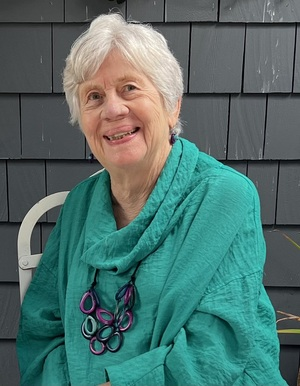
Sharon Morris was a longstanding faculty member and leader in the UW Department of Environmental & Occupational Health Sciences (DEOHS). According to Dr. Joel Kaufman, professor in DEOHS, medicine and epidemiology. “She advocated forcefully and effectively for the department and for worker protections on many fronts” and “was a cornerstone of the department during its period of rapid growth and development, serving many roles–including Associate Chair–over her inspiring career. She was largely responsible for the development of the department’s Continuing Education activities.”
DEOHS Professor Emeritus David Eaton noted her “remarkable contributions” at NIOSH, particularly her role as “the ‘right-hand woman’ behind the scenes” when Linda Rosenstock directed the agency. “She and Sharon were an amazing team and were widely recognized as such across every NIOSH program in the country.”
Other DEOHS community members shared tributes to Morris on her obituary page in the Seattle Times.
Max Lum
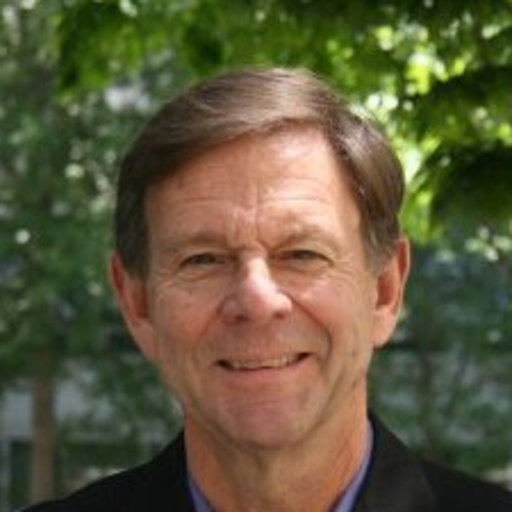
Max Lum, former NIOSH Director of Communication led the Institute’s international programs and oversaw the expansion of its communication portfolio. He also mentored young communicators throughout the Institute.
Friends and colleagues described Max as smart, committed to the work, caring, kind and fun to work with.
Before joining NIOSH in 1995, Max served as Division Director at CDC’s Agency for Toxic Substances and Disease Registry in Atlanta. There, he was responsible for the agency’s health professional and community education programs. Max earned his doctoral and master’s degrees at the University of Southern California with an emphasis on communication and public management.
After retiring from NIOSH, Max continued to serve as a senior advisor on e-communication and research translation in the NIOSH Office of the Director. He also worked on the World Trade Center Health Program, advising on research translation efforts to improve the quality of care delivered to 9/11 responders and survivors.
As his obituary said, “Max was a special person, a beacon of health and vitality, someone who brought champagne to any gathering, and lived an amazing life. He was loved by us all and will be greatly missed.”
Indirect Hits
Bill Lucy 1933-2024
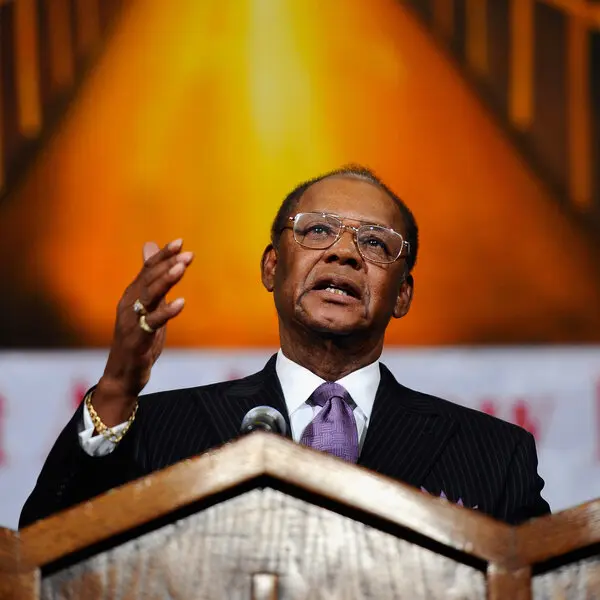
Bill was Secretary-Treasurer of AFSCME from 1972 to 2010, and also a founder of the Coalition of Black Trade Unionists. He wasn’t particularly a health and safety person, but I include him here for two reasons. First, he was very supportive of our health and safety efforts at AFSCME while I was running the health and safety program in the 1980s and 1990s when many at the national headquarter didn’t quite get it.
And he was a very gracious person. Whenever he asked me to write a speech for him for various workplace safety events, he never failed to call me afterwards, thank me for the speech and tell me about the discussions he had with workers and families.
The second reason I’m including Bill here was that he was one of the leaders of the 1968 Memphis sanitation workers strike that led to the tragic assassination of Dr. Martin Luther King. Few know that the strike was sparked by the gruesome deaths of sanitation workers Echol Cole and Robert Walker, AFSCME Local 1733 members. On February 1, 1968, a rainstorm forced Cole and Walker to seek shelter in the back of their antiquated truck. (The city provided no other shelter for sanitation employees.) The workers’ repeated warnings to management about mechanical problems in the trucks had been ignored until that day when a short caused the truck’s compactor to kick on, crushing the two men to death. They were 36 and 30 years old, respectively.
Jimmy Carter 1924 – 2024
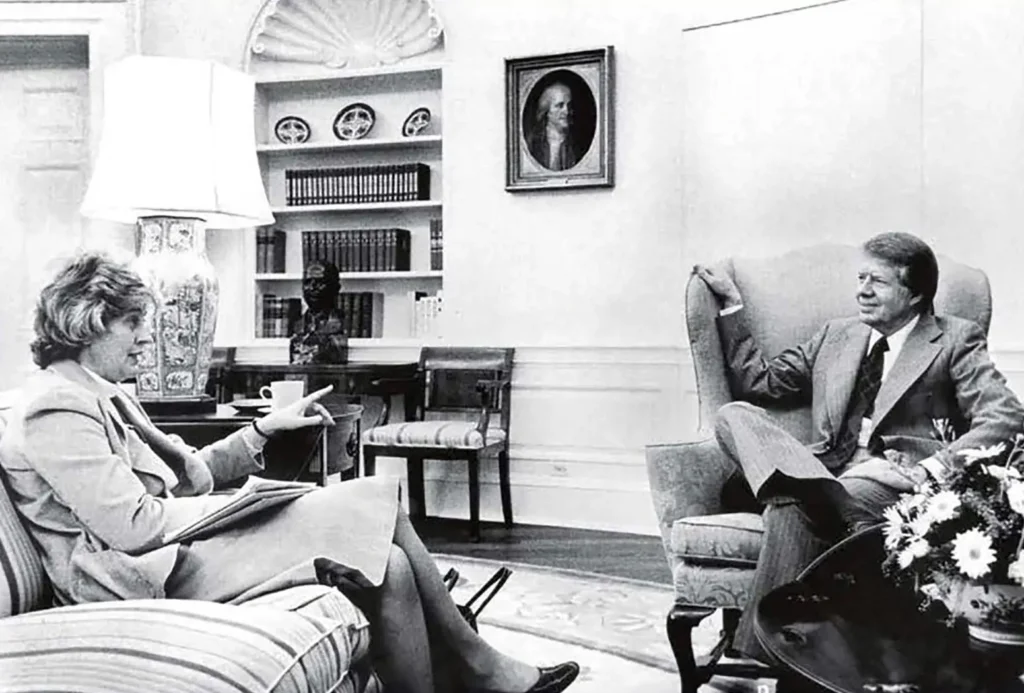
Jimmy Carter died at age 100 just a couple of weeks ago. Carter, of course, was not particularly known as a workplace safety and health activist. His essential contribution to workplace safety and health was the appointment of Eula Bingham as Assistant Secretary for OSHA. For those younger folk out there who don’t know about her, Eula was the first Democratically appointed OSHA head in the agency’s history and was instrumental in setting OSHA’s direction for the rest of its history.
In its early Nixon years when OSHA was ridiculed for focusing on the size of toilet seats, Eula issued some of the agency’s first health standards. She and Labor Secretary Ray Marshall once threatened to resign when White House staff insisted on requiring workers to wear respirators all day instead of controlling chemical hazards at their source or through engineering controls.
One of Eula’s most lasting contributions was the establishment of the New Directions Worker Training grant program which continues today as the Susan Harwood program (which Republicans try to kill every year.) Many of the occupational safety and health leaders of the next several decades (including me) launched health and safety programs or had their first jobs with funding from New Directions. Eula died in 2020.
Carter ended his Nobel Peace Prize lecture by observing that “God gives us the capacity for choice. We can choose to alleviate suffering. We can choose to work together for peace. We can make these changes – and we must.”
All of those listed on this page made that choice — to prevent and alleviate the suffering of workers. They inspired us all. And they will be missed.
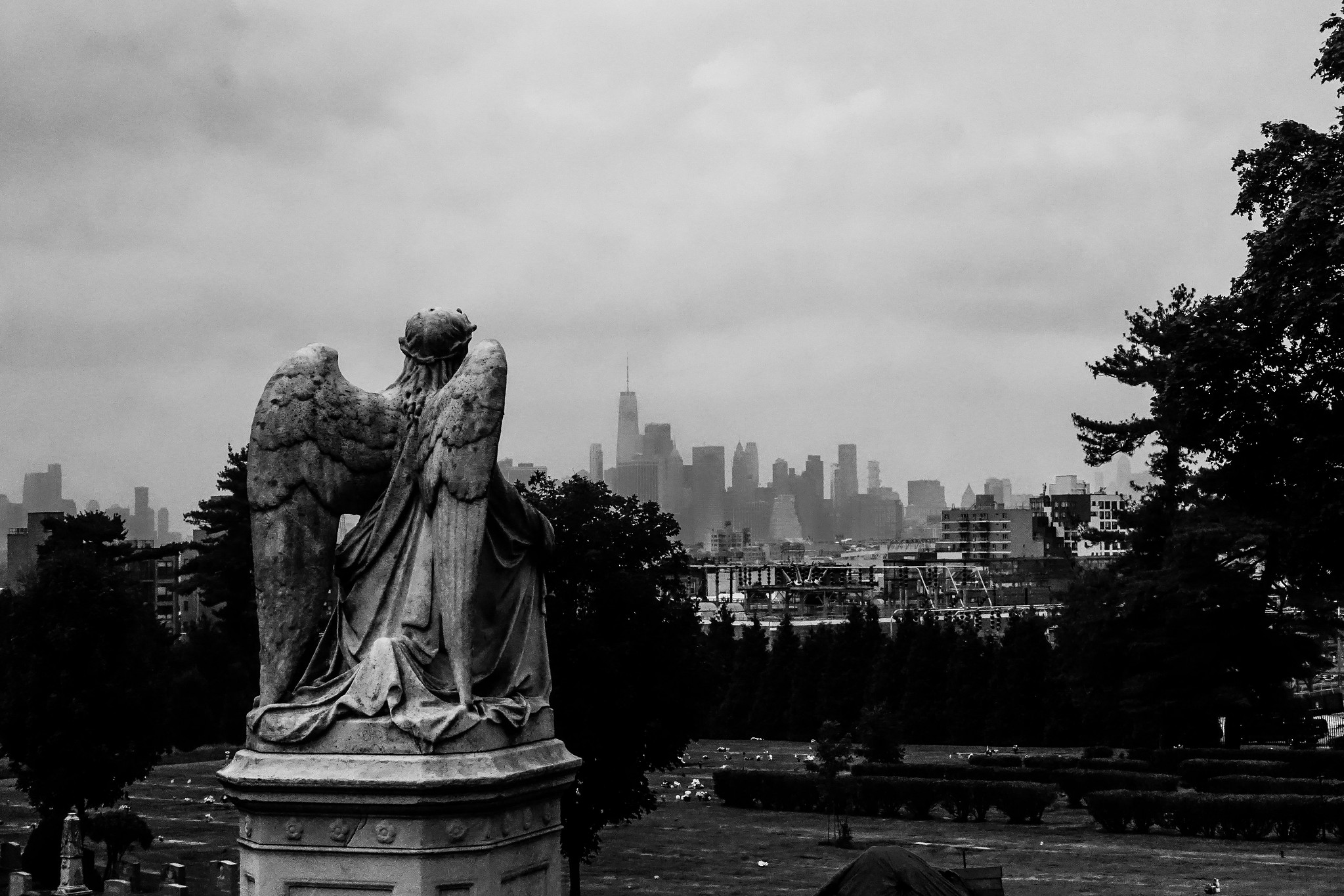
In my 30 years with GM I had occasion to meet Dr. Silverstein but had the opportunity to work with Jim Howe. Jim was an outstanding H&S professional. A good man. I had the utmost respect for Jim. His passing is a loss to the H&S profession and the community at large.
Jordan – thank you for including David Egilman. He was bold, loving, a scholar, and as you said – effective. All of that made him a target of industry and their hacks – over and over – and he fought them for all of us.
Thanks so much for writing this, Jordan. That’s a lot of loss in one year. I’m especially grateful to see Barbara Rahke included. We worked closely together for many years, as I served as chair of the board at Philaposh for two long stints, under Jim Moran and then Barbara. She was an active CLUW member while I was president as well, and she received our highest honor one year at our awards event. She was also my neighbor and close friend. No one I’ve ever known, with you, perhaps, as the exception, has been more committed to workplace safety and health. I learned a lot from her and miss her very much.
Thanks, Jordan, for these remembrances of dear friends and activists for worker health and safety over the past decades. We will miss them. Dave Kotelchuck
Thanks for memorializing these OSH heroes, Jordan. It was my privilege and joy to know and work with some of them. An additional note of interest on Max Lum. He was an original thought leader and funder of the Association of Occupational and Environmental Clinics (AOEC) when he was at ATSDR.
Max Lum was an inspiration to me when we worked at NIOSH in the mid-aughts. He supported engagement in international OSH, which encouraged my continued involvement in pooled nuclear worker studies and the work of the International Agency for Research on Cancer.
Thanks for this post, Jordan. I only knew Betty Jean, but they obviously were all great people, May they all RIP.
Thanks for reminding us of these wonderful Good Troublemakers.
We should all be troublemakers for Health and Safety!
Truly remarkable contributions made by these folks for worker health and safety. They have been an inspiration for all of us. I look forward to sharing this blog with my students so that they can see what amazing things people have achieved in the past — and for the students to see that they can be part of a movement.
Thank you Jordan for compiling and writing this tribute to our beloved colleagues. What a fortunate community we have to be touched, nurtured, supported and learned from these great human beings. Sad to see them go, thankful for times shared, paths crossed and the comraderie while fighting the good fight together.
Thank you for reminding us of another reason Carter was a great president. His appointments to regulatory agencies like OSHA, EPA and the FDA were brilliant. Eula’s was one of two sub-cabinet positions for which he interviewed the candidates personally, and when there was controversy at the White House about a specific OSHA proposal, Jimmy trusted Eula and came down on her side, the side of working people.